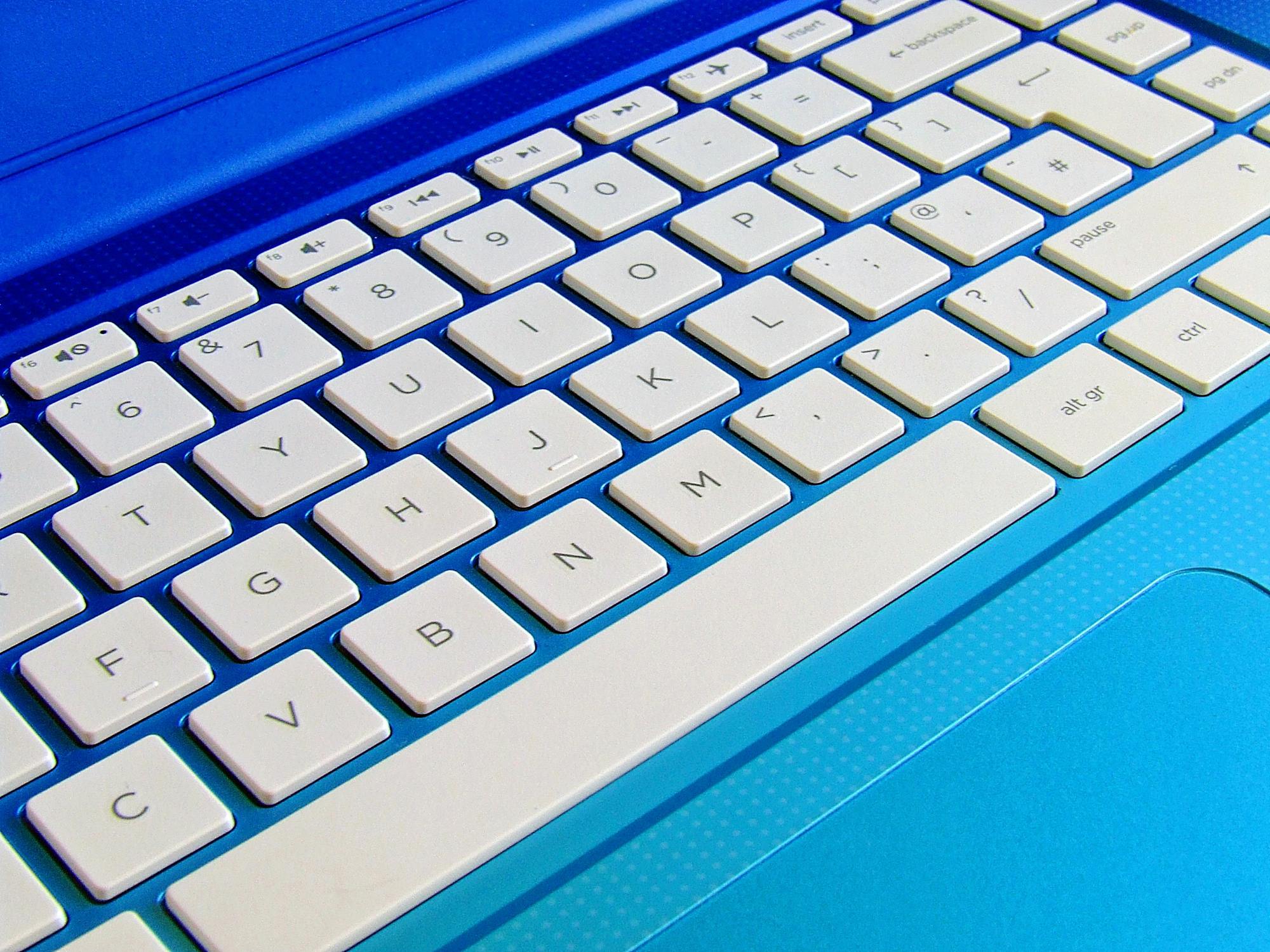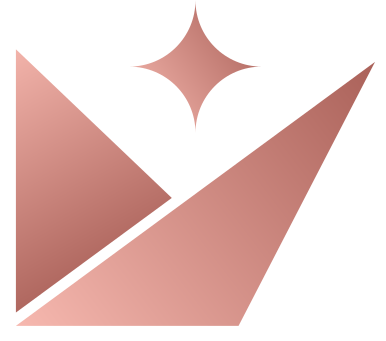Written by Andrew Mason
On Fri Oct 25
Read time 10 mins
Return of the Living Dad is a parenting blog by Musician, Web Developer, Designer, and Dad, Andrew Mason. It began from a need to record and communicate the pure, destruction waged on the core of my being from two small, difficult humans. It grew to be a platform for me to offer real, genuine perspective on parenting when it isn't glossy, isn't glamorous, and isn't anything like the internet says it is.
More posts

Tue May 09
What I’ve learned from 100 frontend developer interviews
Take it from me, having logged nearly 100 interviews I’ve had good ones, bad ones, short ones, long ones, comical ones, embarrassing ones, and most...
By: Andrew Mason

Sun Sep 15
How to address work stress: is it burnout or time to move on?
Find yourself not enjoying work? Are you bored, disengaged, unhappy, overworked, or underpaid? In any job, remote or hybrid or on-site, finding...
By: Andrew Mason
Scroll down to skip the intro and see the 12 things to do after being let go.
I just sat down at 9pm. My kids are in bed. I’m on the couch. It’s the first time in 8 months I haven’t felt obligated to pick up my laptop and work.
I was let go today. That always sounds bad. But it isn’t. Not in this case. Today, it’s good.
While it’s always shitty to have to listen to a smug self righteous tool who feels superior to you read a script saying the company is going a different direction and your role is no longer part of that vision, in this case, I held out for months waiting for them to fire me.
And it was the shittiest job I’ve had yet.
On paper there were perks. I was paid well. I had benefits. I signed off every day at 230pm. They didn’t know that. But I did. I genuinely had to go pick up my oldest kid after school but I scheduled an hour everyday for it and rarely came back to work after. I tried to pretend I made up the time after hours but it never evenned out. It was also 100% remote. Flexible hours. I got to choose the technologies they would use to replatform their websites. It started pretty well.
Then it went downhill.
In the beginning, I built a beautiful, fast, functional, artistic, optimized, luxurious website for one of the company’s new side brands. They were happy-ish. The owner, a control freak who took screenshots of browser developer tools to give me instructions on how to change and restyle website elements by 1-pixel, wished I had consulted him more and implemented his 30-page google doc of “design notes”. I didn’t. And my manager at the time agreed with me he was out of his depth.
Fast forward 3 months to a rebuild and redesign of another website, this time the company’s flagship blog. Turned out the first project was more or less a throwaway because they had no clients for it and the owner didn’t really care. Different story for the second.
First, the original site was a giant mess. It was a behemoth of a car-wreck of a nuclear meltdown of a Wordpress website. It was huge. And old. And slow. And broken. Turn off a plugin, delete something, or clear the cache and the whole site went KA-BOOOOOM. And there were so many barely-holding, band-aided things about it that somehow still worked, it remained the benchmark for what needed to be maintained in the new version.
In the development stage I actually worked hard. I took it on. I was motivated. I wanted to wow, both with design and with speed/performance. I had ideas. I had vision. I had excitement. I played nicely with the incompentent, kanban-obsessed project manager that eventually fired me. And I delivered on an insane 2 month deadline, that was set arbitrarily, based on promises made to stakeholders paying for affiliate kickbacks, that was totally unnecessary, totally detrimental, and totally unrealistic.
So the second site launched.
And instead of fanfare, it was met with distaste from current users. They didn’t like the design. They didn’t like the mobile layout. They didn’t like lack of search functionality - which while generally a legitimate request, in this case the pros of the new site so highly outweighed having search capacility that I was in total shock.
The old site (and all its pages) took 9-10 seconds to load. You could brew a pot of coffee AND pour a slow, relaxed cup, maybe even check your email in that amount of time. The new site loaded in 1.3 seconds. That is a gigantic savings in nerdy web terms.
But that was lost on everyone from users to the CEO.
It was like Stockholm syndrome. The old car crash of a kidnapper website took so long to do ANTYHING and go ANYWHERE that you could only use it as a reference for what was terrible and needed to be fixed; NOT for what was great and you wish you could have back.
But the kidnapped victims loved it. They wanted to stay with the kidnapper. Be friends. Hang out. The load time and 90s design was worth it.
Now, you can say that UX design is all about user research. Knowing what your customers want, and building out something that reflects that. This applies moreso in a context where there is an existing user base that apparently likes the way the site was; load speed and all. And there were some genuine UX issues with the new platform, like some posts not loading and SEO that wasn’t tracking (there wasn’t time in the insane project deadline to get to SEO, which I noted serveral times), but the largest of those problems were carryovers from the previous/existing site that was still the database for all the content.
But users are always right, so site traffic took a hit. “Brand image” took a hit. Revenue took a hit.
And all the fallout landed on me.
I was Creative Director then. Turned out it was in title only. I wasn’t directing anything. Or being creative. In fact whatever agency I had was slowly stripped away. My role went from valued and respected higher-level team member with good prospects to low level, junior employee tasked with executing a top-down vision.
My work culture tanked. My autonomy tanked. Except for the leaving at 230pm thing. That autonomy stayed. But my interest and committment tanked. I was thereafter micromanaged by both the owner and my immediate manager. And even though it was looming, and I dreaded work, and dreamed about power sanding the jumbo-size jenga kit I’d made for my kids, and actually took time on many days to go out and sand, and buy wood, and plan projects, and apply to other jobs, I didn’t actually realize how much I didn’t like working there.
Now that I’m out, I feel a giant weight has lifted. And while the timing wasn’t what I expected, and I wished I was readier in terms of having another gig lined up, I’m still thankful it happened.
Which brings me to:
12 things you can do after being let go
1. Don’t email or message your manager or boss on social media.
Positive or negative it’s not worth it. Much as I want to berate the losers I worked for, it won’t land. Even if your boss or manager somehow sees and somehow reads the message you sent to dress them down or even offer neutral, concise feedback, they won’t respond. They’ll most likely delete the email immediately. If not they’ll see it as pitiful, or losery, and continue thinking they’re the best for firing you.
2. Don’t email or message HR a response to your termination letter thinking they have your back and sympathize.
They don’t. And they won’t pass on or log any of your comments or feedback. They’re employees too. And they have to do what they’re told. They can be the pretend guardian of employee rights and freedoms, and post articles about work-life balance and plan virtual birthday parties with interactive trivia games and suggest you book a virtual coffee with your coworkers when working remotely, and tell you your feedback is valued while you’re employed: but not when you’re not employed. You’re dead to them. You can have no work-life balance and sit without getting up and not talk to anyone and get lumbar pain all you like.
If you absolutely must respond, maybe to tell them that you will not in fact look back on your time at the company fondly, but even that is too much. Be minimal. Say thanks for the laughs, and let it be that.
3. Don’t email or message current employees you thought might be your friends on social media.
After being fired, current employees will see a slack message from HR telling everyone you were cut, your contributions were valued, and they wish you all the best in the upcoming business quarter, heart and handshake emoji. Now please give a big round of applause for Dave, our new person to fill the gap!
People will forget you. Fast. They may say whoa, wonder why you were fired for a second, then go back to whatever they were doing, likely worrying just a little that they might be fired too.
Unless you got to be actual friends, and exchanged numbers or personal emails and did in fact message each other in some form outside of work slack or gmail, they will likely not want to be in touch. My first manager at the company — a guy who was great, cool, totally supportive, believed in me, and genuinely had my back, a guy I could see being at least moderately friends with — said nothing in response to me being fired. Didn’t message. Didn’t find me on any of the medias. Didn’t email. No surprise. No shock. No emojis or hang in there memes. No words of condolence or wisdom. No “let’s keep in touch”. Nothing.
Current employees have to have a level of committment to their employer and won’t empathize, or at least won’t empathize enough to matter or do anything for you. If they do empathize, the most you might get is a “Ya, they suck sometimes, whaddya gonna do (shrug emoji). You hang in there and take care now.”
4. Don’t add or follow current employees you thought might be your friends on Linkedin or any other social media.
Same reasoning as #2.
5. Don’t post a rant on your social media about what happened or how big a f#cker your previous boss was.
Even though that’s what I just kinda did right there, and that’s literally the definition of what social media is for, it’s better to not. If you have to do something right away, maybe go over to Glassdoor or other employee/company review website you use and leave an anonymous review. Sometimes those actually help future people looking to work at the company.
6. Update your Linkedin profile.
And update any other job recruitment or social sites you’re on. Show you’re over it. Show you’re moving on and want to do something else. It will also in the process help you actually get over it and get ready for something else.
7. Update your personal website.
Add any skills or experience or titles you gained while working. For me, this was actually valuable stuff. I had a good title, good pay, and chose the technologies I wanted to use, and learned a bunch about them. As a developer or designer, the things you make while working are usually the property of the people who hired you, but can’t really be stopped from being used as portfolio material. If there’s nondisclosure and proprietary stuff involved, be sure to check that out, but you can often also ask or specify in your contract that things you make can be used for demo/portfolio purposes. You can also change names and data to be anonymous.
8. Wait.
Being patient after a firing is hard, but worthwhile. It’s like making decisions when you’re angry or sad. It’s like texting an ex after they break up with you. Nothing really super duper great ever comes out of it. Unless it’s a blog post.
9. Tell your friends you’re open to work.
I hate networking. But if people know you’re looking, there’s a better chance they’ll think of you if they hear of something.
10. Realize that you might not actually be open to work.
Finances aside, mentally, emotionally, even physically you might need a break. I sure did. It’s been 3 months since I was let go and I’m still not ready to work. I’m not ready to go back to the same job. I’m not ready to go back to the same kind of company. I’m not even sure I’m ready to go back to the same industry. I like the skills I have and I like elements of the work I do, but it’s also a slog and has it’s problems. Many problems. Many of them recurring problems. If you can swing it financially, take some time to figure out what you want. Be open to answers that might not be what you expected. Like starting something totally new.
11. Do something positive.
In the time since being let go, I updated my personal website, updated my Linkedin profile, bought wood for a carpentry project, played with my son, built a killer Technic lego vehicle, drank two delicious glasses of Italian wine, and wrote this article.
12. Focus on the future.
While I wished I could have pulled the trigger myself and left that job with a juicy “I QUIT”, or a tastefully worded slack message to the entire company, focusing on the next thing in life, the next adventure, is a good way to move forward. It’s stressful losing a job not least of which is because of the money. Especially if you don’t have anything lined up right away. But being fired means in Canada you’re entitled to EI, which is at least something. Thinking about what you want as opposed to how you were screwed is way more productive, despite being easy to write, and hard to do.
13. Enjoy your f&*king time off.
While finances may require a faster reentry into the workforce, you should FOR SURE take the day, maybe the rest of the week, to chill. Any time I wasn’t working at this job, I was with my family, running errands, cleaning, doing laundry, or thinking about work and how I was going to solve problems A through A-F. It was causing me literal health issues. You deserve to take a break. Buy some lunch. Take a nap. Go for a walk. Watch some zero-purpose TV. Don’t be efficient. Don’t be productive.
It can take time to shake off a previous job’s slime coating. And if you start applying for jobs immediately, you might inadvertently find jobs that are exactly the same but with different people. Give yourself a minute to reset and refresh. It can help you be open to something different, maybe something totally different. Maybe something you wouldn’t have expected or thought of.
Maybe something great.
Share this article
Prince Collection is a non-traditional, full service travel concierge designed exclusively for companies and individuals who require exclusive travel arrangements. We handle the nuances of travel ensuring a seamless and extraordinary journey from start to finish.
Newsletter
Join the Prince Collection newsletter to get weekly updates delivered straight to your inbox.
Book your travel
Let Prince Collection’s Travel Concierge handle your exclusive travel arrangements. Get started by filling out some basic info about your trip.
More posts

Tue May 09
What I’ve learned from 100 frontend developer interviews
Take it from me, having logged nearly 100 interviews I’ve had good ones, bad ones, short ones, long ones, comical ones, embarrassing ones, and most...
By: Andrew Mason

Sun Sep 15
How to address work stress: is it burnout or time to move on?
Find yourself not enjoying work? Are you bored, disengaged, unhappy, overworked, or underpaid? In any job, remote or hybrid or on-site, finding...
By: Andrew Mason


